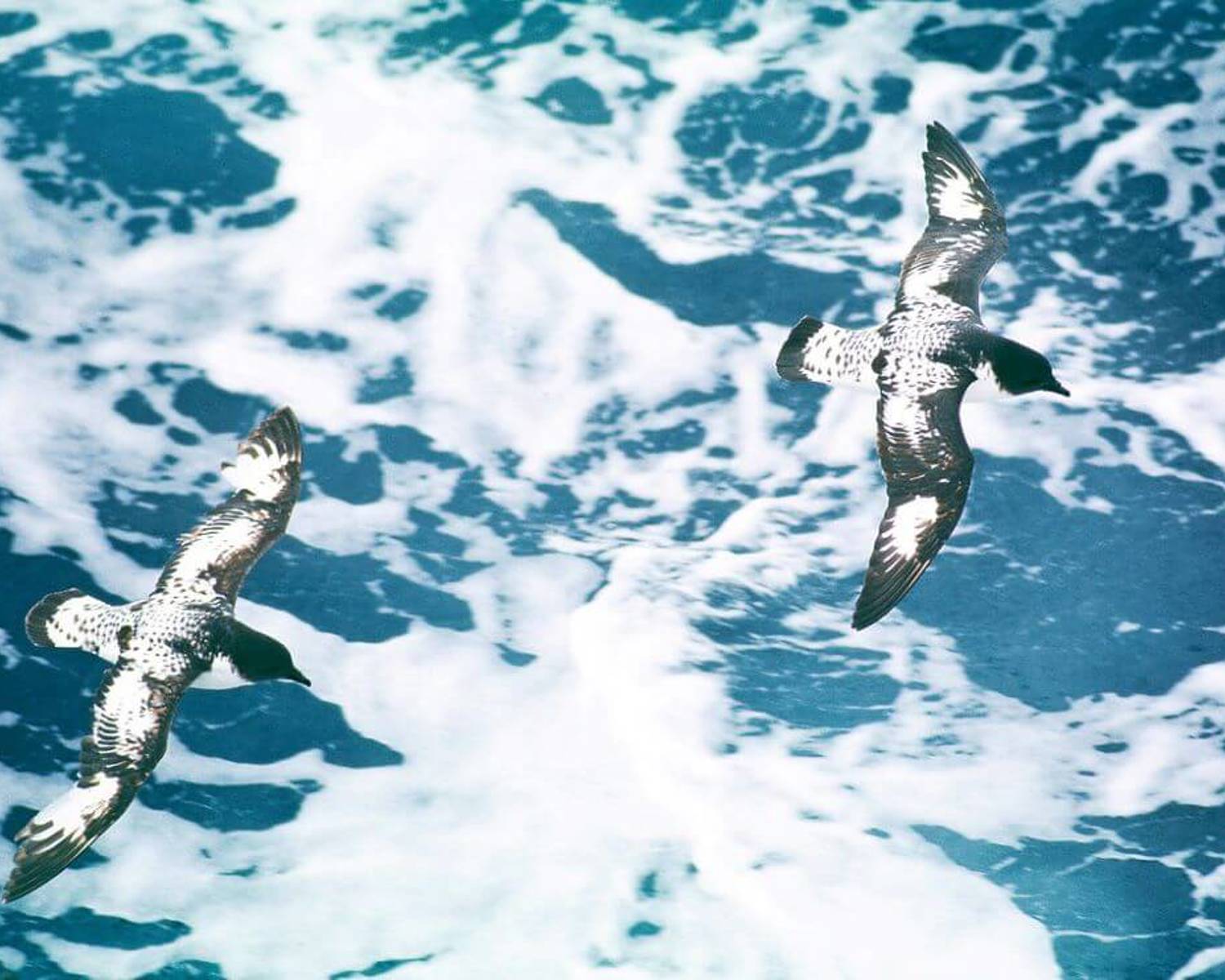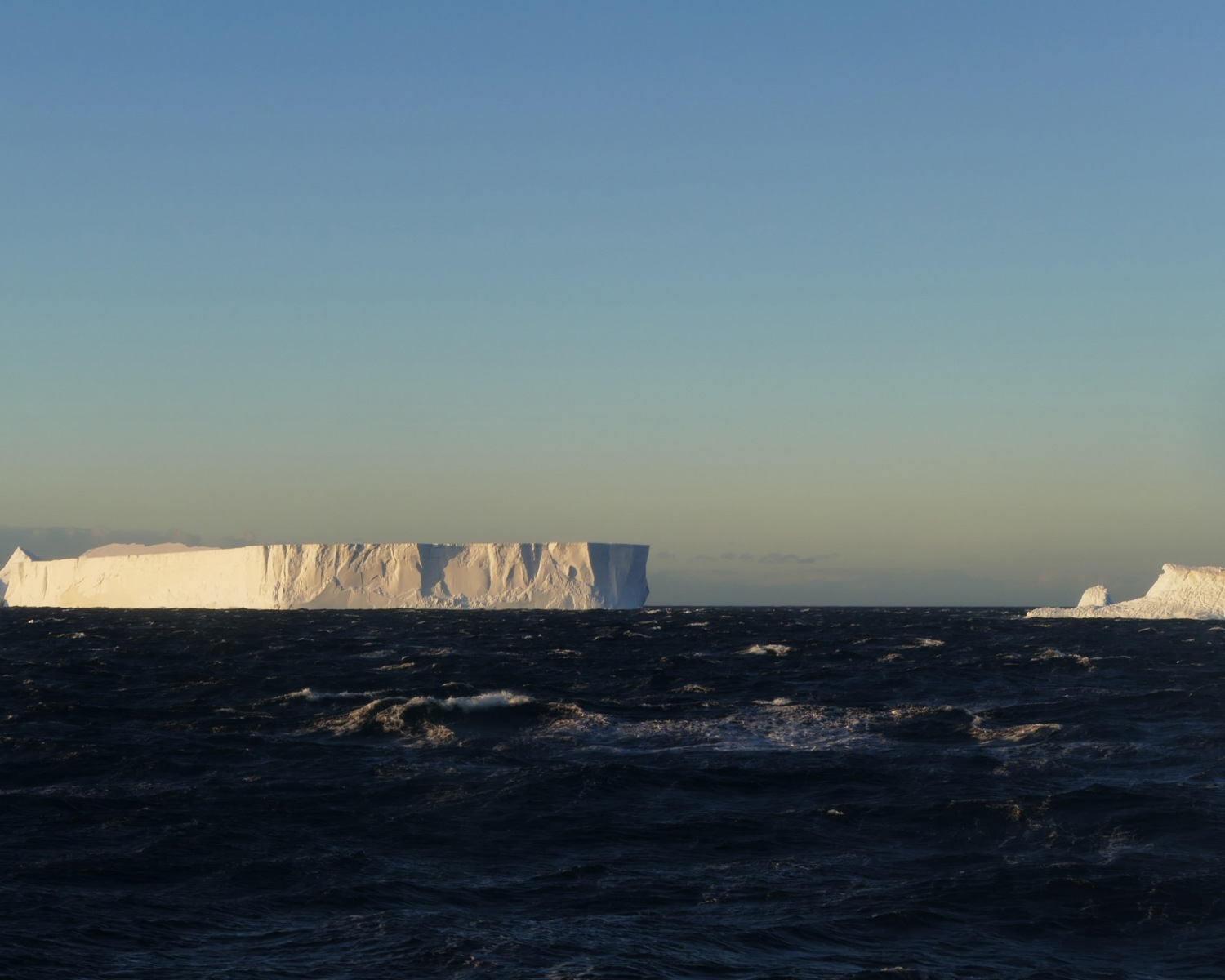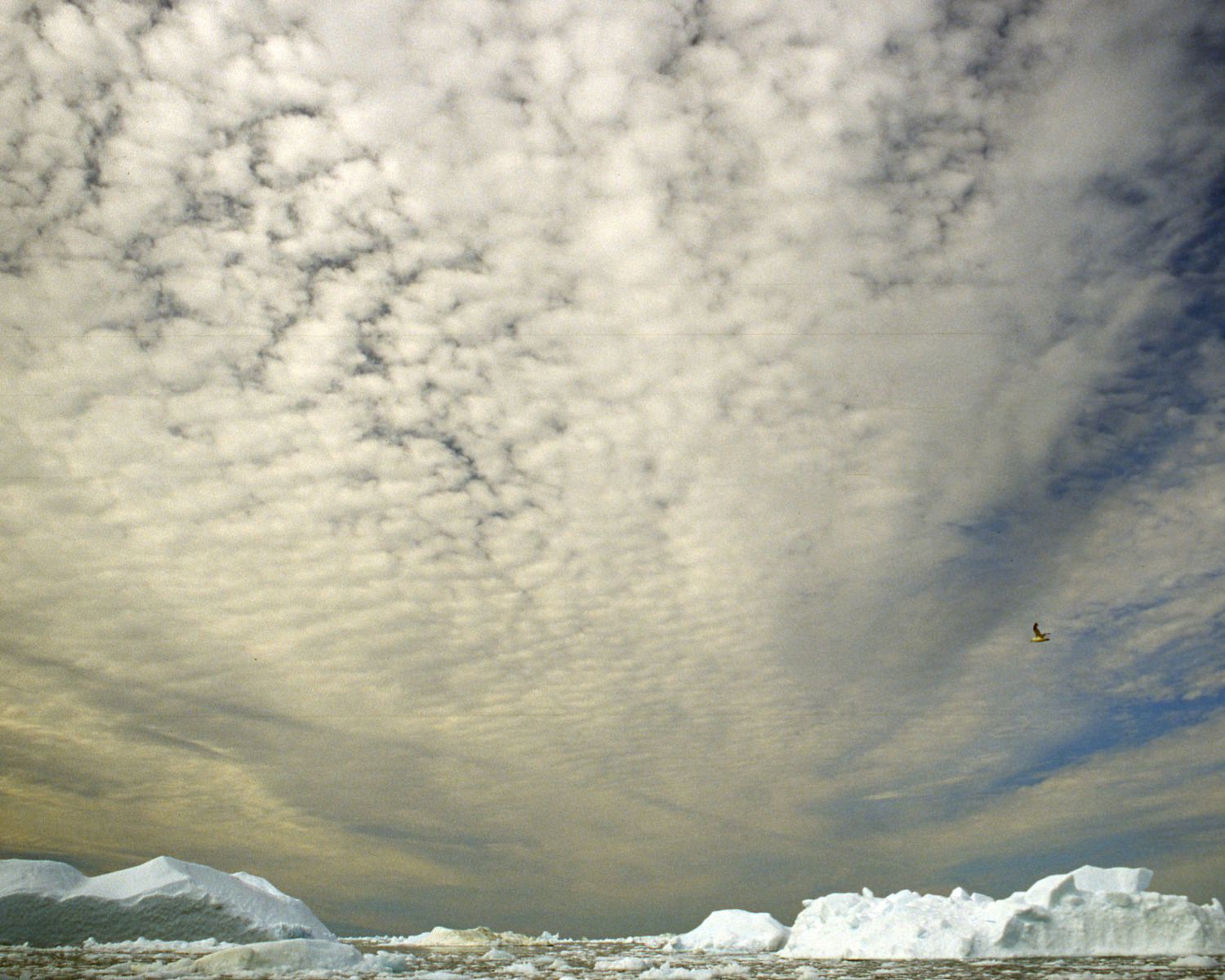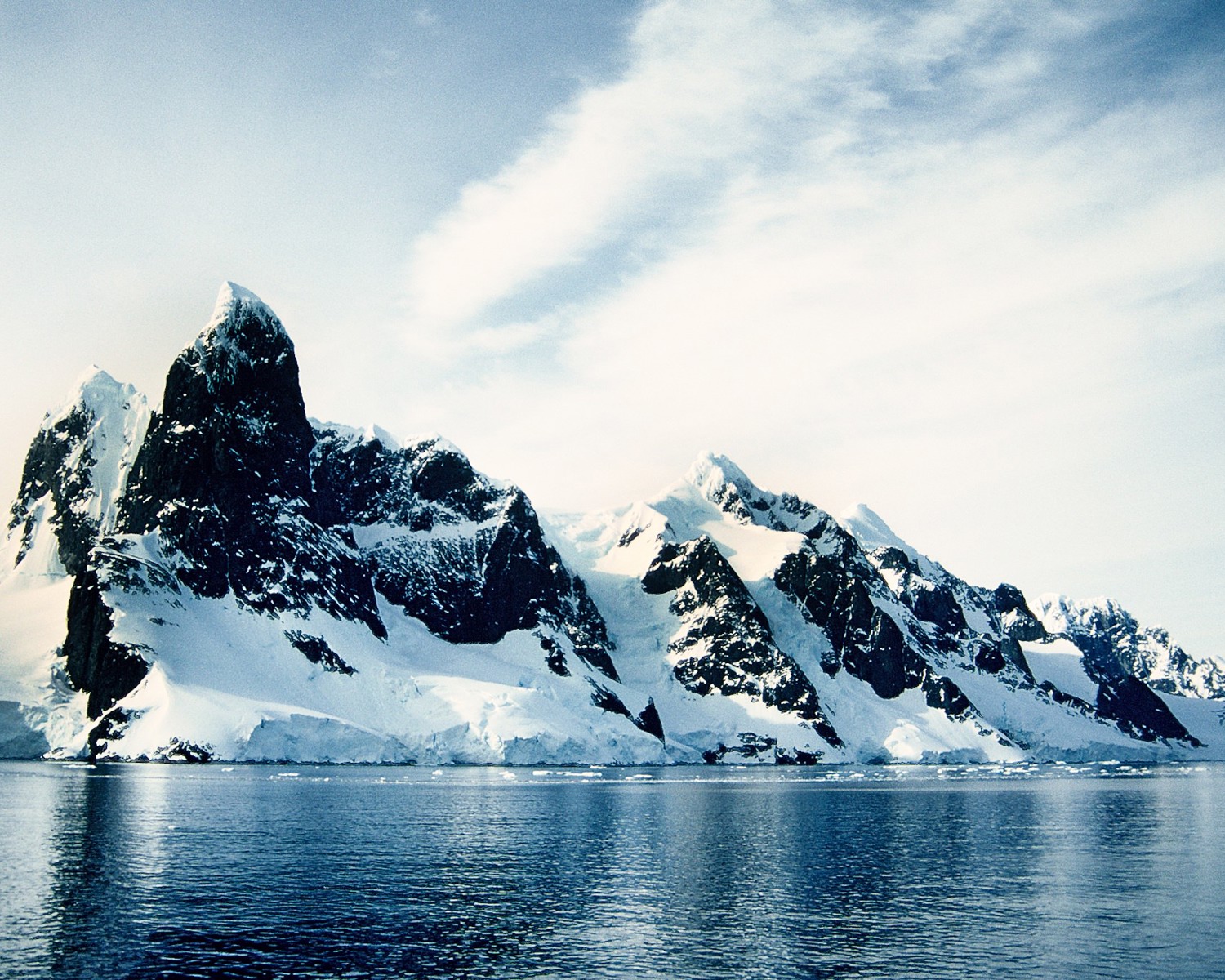Artificial upwelling
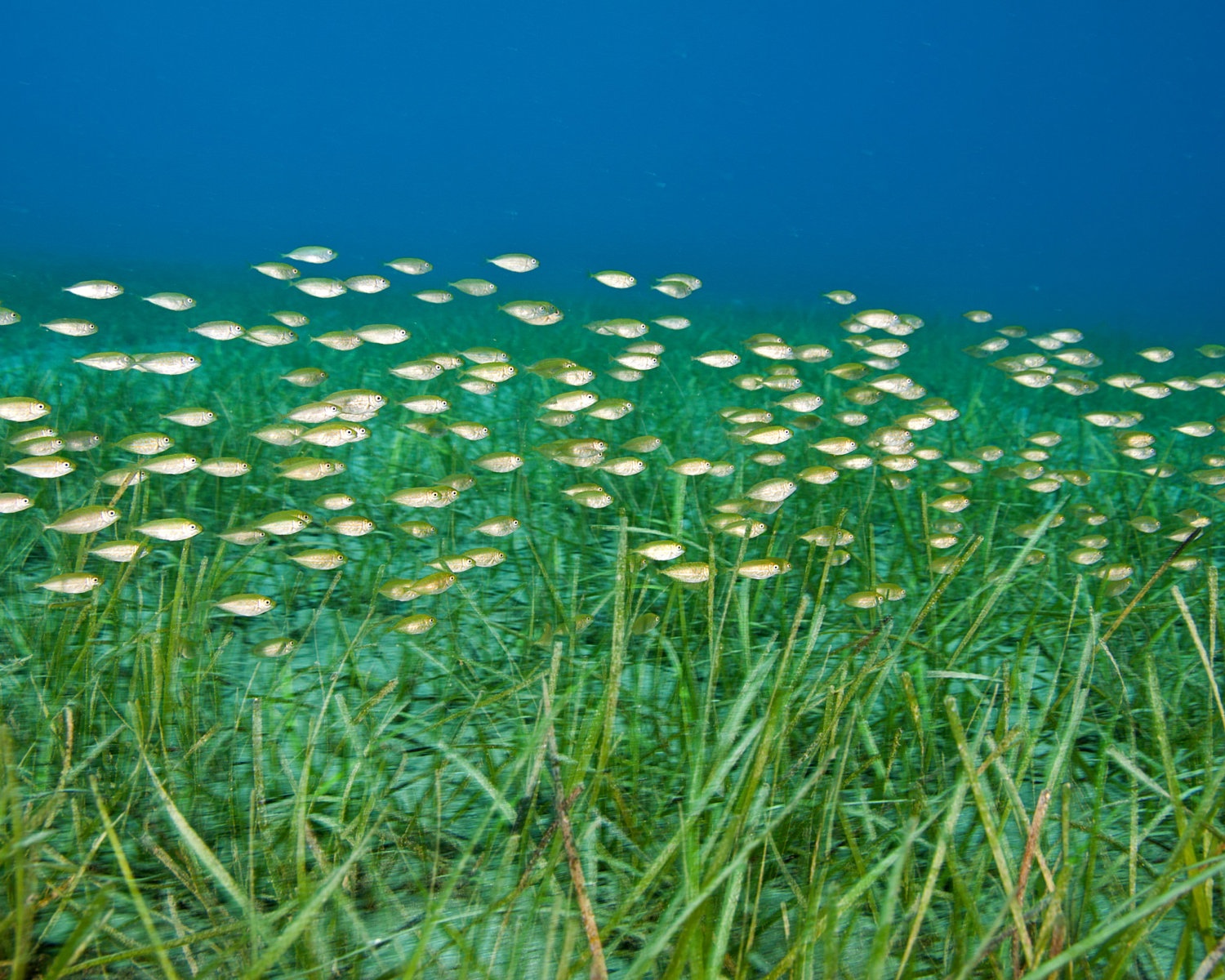
Artificial upwelling (AU) is an idea to increase carbon uptake of upper ocean layers by fertilizing it with pumped-up colder nutrient-rich waters from the deep, which would encourage the biological sequestration of carbon through photosynthesis (NASEM 2022).
Such fertilization occurs naturally in certain regions, and AU would thereby artificially reproduce this process. Many different upwelling technologies have been suggested (Pan et al. 2016), and several have been tested (NASEM 2022). Apart from being used as a CDR method, AU could have several side-benefits, for example as a means to increase fish stocks (GESAMP 2019), or hurricane mitigation (Launder 2017).
Analysis overview

Technological Readiness Level (TRL)
Medium 2
Technological Readiness Level (TRL)
A technology with a TRL of 4-6: TRL 4 – validated in lab; TRL 5 – validated in relevant environment; TRL 6 – demonstrated in relevant environment

Scalability
Medium 2
Scalability
Physically somewhat scalable; linear efficiency

Timeliness for near-future effects
Low 1
Timeliness for near-future effects
Implemented too late to make a significant difference

Northern + Arctic potential
Low 1
Northern + Arctic potential
No noticeable extra positive effect beyond the global average; technology is unsuited to the Arctic

Global potential
Low 1
Global potential
Insignificant to be detected at a global scale

Cost - benefit
Prohibitive 1
Cost - benefit
Cost of investment comparable to cost of avoided damage

Environmental risks
High risk 1
Environmental risks
Major, serious risks with a high disaster potential; multiple and cascading risks

Community impacts
Unknown 0

Ease of reversibility
Easy 3

Risk of termination shock
High risk 1
Risk of termination shock
High or very significant termination shock or damage

Legality/governance
Challenging 2
Legality/governance
Fits within existing structures to a certain degree, but some policy changes are needed to deploy at scale

Scientific/media attention
Medium 2
Scientific/media attention
Some attention within the scientific community, including published research and funding programmes; some media attention; some commercial interest
References
Bach, L. T., & Boyd, P. W. (2021). Seeking natural analogs to fast-forward the assessment of marine CO2 removal. Proceedings of the National Academy of Sciences, 118(40), e2106147118. https://doi.org/10.1073/pnas.2106147118
Bauman, S. J., Costa, M. T., Fong, M. B., House, B. M., Perez, E. M., Tan, M. H., ... & Franks, P. J. (2014). Augmenting the biological pump: The shortcomings of geoengineered upwelling. Oceanography, 27(3), 17-23. https://doi.org/10.5670/oceanog.2014.79
Boyd, P.W., Bach, L.T., Hurd, C.L. et al. Potential negative effects of ocean afforestation on offshore ecosystems. Nat Ecol Evol 6, 675–683 (2022). https://doi.org/10.1038/s41559-022-01722-1
Dutreuil, S., Bopp, L., & Tagliabue, A. (2009). Impact of enhanced vertical mixing on marine biogeochemistry: lessons for geo-engineering and natural variability. Biogeosciences, 6(5), 901-912. https://doi.org/10.5194/bg-6-901-2009
Hunt, J. D., Nascimento, A., Diuana, F. A., de Assis Brasil Weber, N., Castro, G. M., Chaves, A. C., ... & Schneider, P. S. (2020). Cooling down the world oceans and the earth by enhancing the North Atlantic Ocean current. SN Applied Sciences, 2(1), 1-15. https://doi.org/10.1007/s42452-019-1755-y
Launder, B. (2017). Hurricanes: an engineering view of their structure and strategies for their extinction. Flow, Turbulence and Combustion, 98, 969-985. https://doi.org/10.1007/s10494-016-9793-7
Lawrence, M.G., Schäfer, S., Muri, H. et al. Evaluating climate geoengineering proposals in the context of the Paris Agreement temperature goals. Nat Commun 9, 3734 (2018). https://doi.org/10.1038/s41467-018-05938-3
Lovelock, J. E., & Rapley, C. G. (2007). Ocean pipes could help the Earth to cure itself. Nature, 449(7161), 403-403.
Oschlies, A., Pahlow, M., Yool, A., & Matear, R. J. (2010). Climate engineering by artificial ocean upwelling: Channeling the sorcerer's apprentice. Geophysical Research Letters, 37(4). https://doi.org/10.1038/449403a
Wallace, D., Law, C., Boyd, P., Collos, Y., Croot, P., Denman, K., ... & Williamson, P. (2010). Ocean fertilization: a scientific summary for policy makers. UNESCO. Available at: https://unesdoc.unesco.org/ark:/48223/pf0000190674 [Accessed 19 July 2024]
Wang, Weijie and Zhang, Junjie, (2023), Ocean-based carbon dioxide removal landscape in China. Climateworks Foundation, available at: https://www.climateworks.org/report/ocean-based-carbon-dioxide-removal-landscape-in-china
Williamson, P., & Turley, C. (2012). Ocean acidification in a geoengineering context. Philosophical Transactions of the Royal Society A: Mathematical, Physical and Engineering Sciences, 370(1974): 4317-4342. https://doi.org/10.1098/rsta.2012.0167
Zhou, S., & Flynn, P. C. (2005). Geoengineering downwelling ocean currents: a cost assessment. Climatic change, 71(1), 203-220. https://doi.org/10.1007/s10584-005-5933-0

